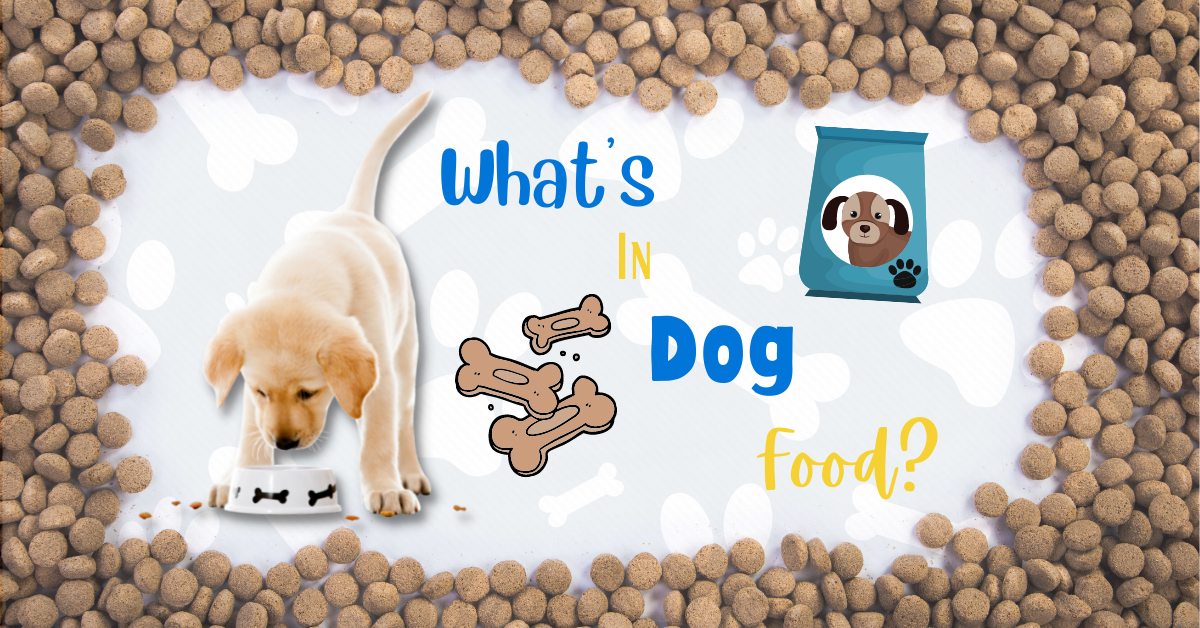
Understanding Dog Food Labels
Humans are often health-conscious about what’s in their food, but what about their dogs’ food? Your furry friend’s food labels can be overwhelming and confusing, especially if you don’t know what you’re looking for. Is everything healthy or do you need to keep your eyes peeled for particular ingredients? Read on to get the rundown on dog food labels and what you can expect to see the next time you flip over your pooch’s food bag.
Understanding The Label’s Format
Just like humans’ food, dogs’ food has to have standards about how it’s presented and the readability of labels. Standards are meant to guarantee that certain safety procedures and steps are completed in order to create consistent quality for every consumer. Dog food label formats usually all follow the same pattern:
- Product label & brand name
- Quantity of the product inside the given container
- Guaranteed analysis
- Listed nutrients & ingredients listed by quantity
- Nutritional statement & adequacy statement (i.e. how beneficial the food is)
- Feeding/serving guidelines
- Calories per serving
- Manufacturer information
Reading Ingredients
Don’t worry if you’ve never thought to read your dog’s food ingredient list, many owners don’t! But the ingredient list can give you an idea about how much nutritional benefit your dog is getting out of their food, especially if they’re supposed to be on a specialty diet.
What Do Ingredients Tell You?
All dog food manufacturers must list every ingredient present on the label. But all ingredients are weighed before the food process is finished, which means that when kibble (food that is devoid of moisture) is done processing, the quantity could be skewed. For example, this means that the protein weighed before processing could be different than in the end product, so it’s difficult to ensure there is as much protein in the end product as possible.
Brands that list their meat sources as meat meals are almost always lower in quality protein than products using an animal’s name, like lamb or chicken meal. Dog Food Insider says, “High-quality dog foods will name a healthy source of protein like chicken or fish as the first ingredient while low-quality dog foods will have animal by-products or grains as the first ingredient”.
Food Additives
Dogs’ food should be as additive-free as possible! Their food should have a focus on healthy and rich meats, vegetables, at fats. Food labels that show more additives than real ingredients could compromise how much nutritional value your dog is actually getting out of eating it.
Avoid These Ingredients
Not every dog food is made the same. Here’s a list of ingredients you should try to avoid in your dog’s food:
- White flour: This carbohydrate has no nutritional value to dogs. It can even cause hunger after consuming it.
- Artificial coloring: Color sure does catch the eye, but it can cause hyperactivity and biochemical process in a dog’s body.
- MSG: Monosodium Glutamate is used to hide lack of flavor and low-quality ingredients, but’s also linked to many health concerns.
- Gluten: Like humans, dogs can have gluten allergies. But gluten can cause stomach pains and problems in dogs that aren’t even allergic.
- Salt: Manufacturers put salt in dog food to boost flavor and encourage water drinking, but it can lead to high blood pressure, stomach problems (even cancer), and cardiovascular disease.
